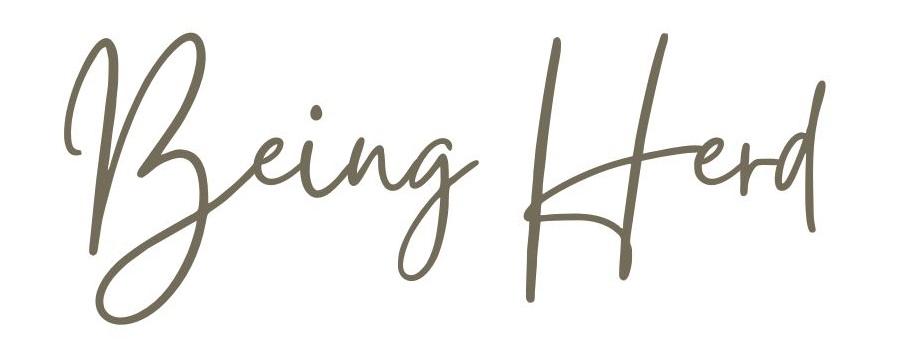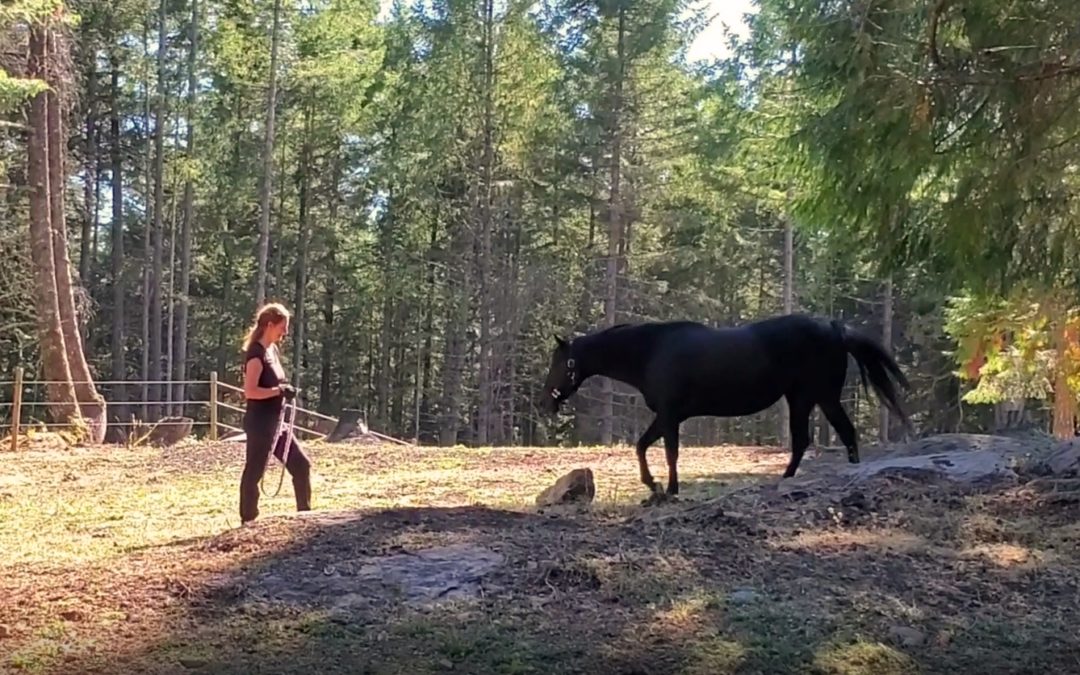That the dominance theory is outdated should not come as news to most horse or dog people. However, why is it still the foundation for most training methods in the equestrian world today?
The problem, as I see it, lies in the fact that pure scientific explanations alone are not sufficient to convince people. Firstly, people may have different experiences with their domesticated horses. They may observe behaviors like a supposed ‘pecking order’ or ‘dominance’ that seems to confirm the original theory. In reality, this behavior results from unnatural confinement. It also comes from strict feeding schedules and inadequate socialization. Dominance-based training can also lead to traumatic experiences for horses.
Additionally, accepting that what we’ve done with horses for years or even decades was maybe wrong is difficult. Realizing the scientific findings were not correct due to unnatural observation conditions is also challenging. Acknowledging that we might have harmed our own horses unintentionally is painful. We genuinely want to do right by our horses.
Secondly, a purely scientific explanation miss another significant component. This component often eludes logic and scientific understanding. Namely, these insights jeopardize the satisfaction of our own emotional needs.
Horses enter our lives for many reasons. We invest so many resources like time, money, and especially emotions. In doing so, we fulfill our unmet needs, such as the desire for freedom and genuine friendship.
But what happens when we can no longer dictate the horse’s every movement? When we suddenly have to put in more effort to be recognized as mentors and learn to accept a “no”?
We risk that our needs, such as freedom and connection, may no longer be fulfilled or easily attainable. Imagine your horse no longer wants to spend time with us or suddenly refuses to be ridden? What if it doesn’t want to leave its friends at the barn when we want to take a walk together?
In such situations, we must confront our fears: the fear of rejection, of being alone and unimportant. The fear of losing control. The fear that something is suddenly different, and we must learn something new, handle a situation for which we do not have an automated solution. We must learn to fulfill our own needs differently. This is true despite investing significant resources in our horses – not just money, but time and emotions.
If we truly want to reach all horse people, to make life easier, more enjoyable, and, above all, more self-determined for our horses, logical explanations alone are mostly ineffective.
Instead, we must show people we understand their needs. We should acknowledge their desire to fulfill themselves through horse ownership and handling. It is crucial to make it clear that this is not about superiority or judgment because, in fact, the dominance theory was indeed the dominant and scientifically accepted theory for a long time.
Then, we must propose alternatives—not just concerning natural and peaceful horse training, but also how horse owners can heal and resolve their fears and other emotions they experience in their daily lives. It is important to show them ways to heal their negative experiences, wounds, and traumas. Only then can they reach a point where they can create some distance and truly see their horse for what it is—an autonomous being with its own needs. A being that also seeks connection with us – since it lives among humans and often forms a close bond with us.
Moreover, we can enrich our horses’ world by nurturing their nature and, in a camaraderie-like manner, challenging them to master new, interesting, and sometimes difficult situations bravely. This allows horses to develop a fascinating, new, and behaviorally adapted way of being as a species. Because, just like us, the horse must find its place in today’s world. This modern world is vastly different from the one for which evolution prepared horses.
And when we learn to understand ourselves as mentors and fully embrace this role, something special happens. We build a deeper, stronger connection than dominance, control, or punishment could ever achieve.
If you’d like to learn more about wild horses, and how to translate these insights into the relationship with our own horses download my free guide here or read more about my new membership program here.


Recent Comments